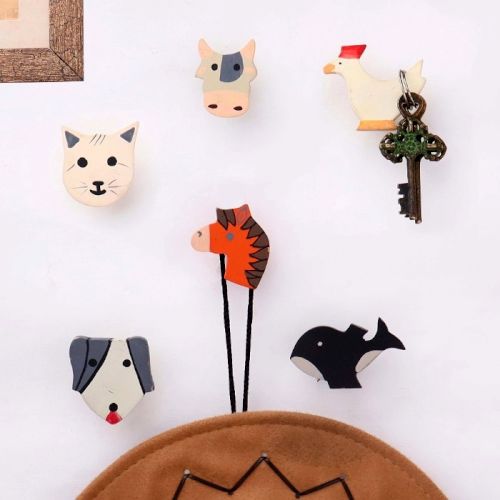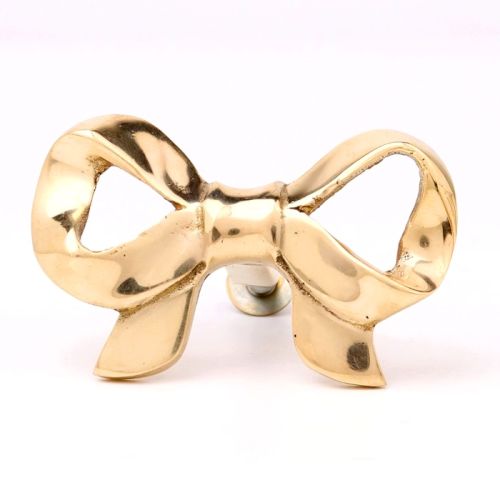Vintage Cooking Pots for Home Decor
A vintage cooking pot is a story held in metal. Crafted decades ago, often by hand, these pots hail from kitchens where time moved slower. Originating across cultures, India’s brass and copper pots, like handis and degchis, trace back centuries. They simmered lentils on coal, carried love through steam, and fed generations. Whether it’s a European cast-iron Dutch oven or a Rajasthani patila, these vessels mirror tradition, craftsmanship, and regional identity. Each carries whispers of heritage, a quiet resilience of a time when cooking was instinct, not just instruction.
How is a vintage cooking pot different from modern or contemporary cookware?
Modern cookware is sleek, engineered for speed and convenience. Vintage cooking pots, in contrast, are soulful and slow. Crafted from materials like brass or cast iron, they age with grace, not rust. They offer uneven surfaces, hand-hammered bases, and thicker bodies that hold heat like a memory. While contemporary pots often chase uniformity and polish, vintage ones carry dents like old storytellers—every scratch earned. They weren’t made in factories but by hands that understood the science of flavor. Where modern pots are practical, vintage ones are poetic—a return to when food was sacred and cookware an heirloom.
What are the different styles or types of vintage cooking pots?
India alone offers a buffet of vintage pot styles—handi, with its bulbous belly for slow cooking; patila, tall and deep for boiling milk or dal; uruli from Kerala, wide-mouthed for feasts; and degchi, ideal for biryani and festive rice. Then there's the kadhai, rustic and shallow, best for frying. Western pots include French enamel-coated cocottes, cast-iron Dutch ovens, and copper jam pans. Some come with engraved handles or lidded tops that whistle with nostalgia. Their forms follow function—designed for firewood kitchens and open flames. Their charm lies in their diversity, shaped by both geography and local cuisine.
What materials are commonly used in vintage cooking pots?
Vintage cooking pots echo their era’s natural wisdom—crafted from brass, copper, cast iron, tin, and clay. Brass, popular in Indian homes, retains heat and adds a golden hue. Copper conducts quickly and is often lined with tin to prevent toxicity. Cast iron is robust and ideal for long, slow cooking. Clay pots, used for curries and rice, lend an earthy aroma. Unlike modern alloys, these materials age well, becoming more functional with use. Their heft, patina, and imperfections aren’t flaws—they're fingerprints of a time when materiality mattered more than branding.
What motifs or designs are common on vintage cooking pots?
Vintage cooking pots were never just about function. Many carried motifs—floral etchings, tribal patterns, or sacred symbols like the kalash or om. South Indian urulis sometimes bear elephant engravings or temple-inspired carvings. Mughal-influenced pots may feature paisleys or latticework. Some handles are sculpted like birds or lions, quietly decorative yet strong. The beauty lies in subtle ornamentation—an artisan’s thumbprint, a rim’s curve, the handcrafted lid. These motifs weren’t mass-produced; they were memories molded in metal, whispering about festivals, family meals, and rituals once practiced in kitchens smelling of ghee and turmeric.
Where can I buy authentic vintage cooking pots online?
For authenticity, start with trusted platforms like IndianShelf, they often carry global selections. These aren’t just pots, they’re collectibles, so check seller reviews, material authenticity, and provenance. Look for visible aging, patina, or maker’s marks. Some local artisans and antique curators also list on Instagram and smaller boutique sites. A good rule: if it looks too new, it might not be real. And if you’re lucky, you’ll find one that’s not just vintage, but carries a name, a city, a forgotten aroma.
How can I incorporate a vintage cooking pot into a modern kitchen setup?
Blend old with new, place a vintage brass handi on a glass shelf, or use it as a fruit bowl. Cook in a cast-iron pot but plate it with modern serveware. You can also repurpose a heavy-bottomed pot as a planter or lamp base. Keep it functional: brass or copper pots can still cook, especially on gas. Just line or re-tin when needed. It adds warmth, heritage, and a tactile texture to a minimalist kitchen. It tells guests your kitchen isn’t just design—it’s history in motion, where memory and meals co-exist.
How are vintage cooking pots preserved and celebrated today?
Today, vintage pots are polished, restored, and repurposed with reverence. Artisans re-tin copper; chefs bring cast iron back to life with seasoning. Museums display them beside ancient recipes. In rural India, they’re still used on wood fires. Some are passed down like jewelry, a mother’s brass patila becoming a daughter’s legacy. Social media celebrates them too—with hashtags. They're no longer just tools; they’re culture in cookware form. Preservation means use, not just display. Cooking a dal in a 50-year-old pot keeps a chapter alive—and that’s celebration enough.
How is vintage Indian cooking pot culture linked to sustainability?
Vintage cooking pots embody sustainability—long-lasting, repairable, and rooted in slow cooking. Brass, copper, and iron don’t just biodegrade; they age better, requiring fewer replacements. No synthetic coatings, no quick discards. In a world obsessed with non-stick, these pots whisper of endurance. They encourage mindful cooking, less oil, slower heat. Reusing or restoring a family handi instead of buying new reduces waste and celebrates circular use. They're proof that our ancestors practiced green living without slogans. Cooking in them is not just healthy for the body—it’s responsible for the planet.
What are the best vintage Indian cooking pot gift ideas?
For the culturally inclined, gift a brass handi or copper degchi with a handwritten traditional recipe tucked inside. A mini uruli can double as a diya holder or centerpiece. Pair a tin-lined patila with heritage spices or a handmade ladle. Create a set with a kadhai, spice box, and wooden spoon—perfect for wedding gifts. For modern homes, think vintage pot repurposed as a planter or candle stand. These aren’t just gifts—they’re stories wrapped in metal. They speak of taste, tradition, and thoughtfulness, making them timeless offerings for those who cherish both food and history.
How can I identify an authentic vintage cooking pot?
An authentic vintage cooking pot speaks through its craftsmanship, material, and subtle imperfections that only time can gift. Most vintage pots, especially those made from brass or cast iron, carry a patina—a weathered surface tone that forms naturally over decades. Check for maker's marks or stamps often engraved at the base. These markings, sometimes faded, reflect the pot’s origin, date, and manufacturing style. Older pieces might display hand-hammered patterns or slight asymmetry, revealing artisanal work rather than modern factory perfection.
The weight also tells a tale; vintage cookware feels dense and solid, lacking the lightness of modern-day alloy mixtures. The handles may be riveted or soldered, details that suggest a pre-industrial manufacturing process. If possible, trace the pot’s story: where it was found, who owned it, and how it was used. A truly vintage pot holds not just culinary value but heritage, often passed down like folklore in a family. Trust your senses, touch the metal, feel its cool heaviness, observe the wear, and even listen to how it sounds when tapped. Authentic vintage pieces don’t just cook food, they carry stories, and each blemish adds to their beauty.
How to clean and maintain a vintage cooking pot?
Caring for a vintage cooking pot is like tending to an heirloom—it requires patience, attention, and respect. Start by understanding the material. For brass pots, use a soft cloth, warm water, and mild dish soap. Avoid steel wool or abrasive scrubbers that may scratch or dull the surface. A mix of lemon juice and baking soda works wonders for removing tarnish, reviving its glow without stripping its soul. Cast iron? Keep it dry, seasoned, and never let it soak.
After each use, clean with hot water and a soft brush, dry it thoroughly, then apply a thin layer of oil to maintain its seasoning. Enamelware should be washed gently to prevent chipping the coating—never overheat or expose it to sudden temperature changes. Always dry your pot completely before storing, preferably in a well-ventilated space. If your piece is purely decorative, an occasional dusting and polish keep it radiant. The beauty of vintage cookware lies not just in its form but in the care it invites. Maintaining it is less of a task and more of a ritual—one that connects you to generations past through the simple act of preservation.
FAQs
How old does a cooking pot need to be to be considered “vintage”?
In general, a cooking pot is considered “vintage” if it’s at least 20 to 30 years old. This isn't just about age—it’s about context. The term “vintage” is often associated with design eras or the stylistic touches of a certain period. For example, a 1970s brass cooking pot with ornate handles and hand-hammered texture tells a different story than a mass-produced item from the 2000s. Materials, craftsmanship, and aesthetic elements—all contribute to the vintage identity. When a pot reflects the values, styles, and functionality of a bygone era, it transcends its utility and becomes a cultural piece.
Many collectors and home chefs consider anything pre-1990s fair ground for vintage classification. Of course, older than that—say early to mid-20th century—often earns the label more firmly. If a pot is over 100 years old, it often crosses into the realm of “antique.” In a world obsessed with the new, vintage pots hold the charm of imperfection, durability, and storytelling. They don’t just belong to time—they hold it.
Can I use vintage cooking pots for everyday cooking?
Yes, you can—but with a little love and attention. Vintage cooking pots, particularly those made from cast iron, brass, and enamel-coated metals, were built to last lifetimes. However, before integrating them into your daily routine, inspect the pot thoroughly. Check for cracks, chips (especially in enamelware), corrosion, or damage that could affect heat distribution or safety.
A well-seasoned cast iron pot, for instance, can outperform modern non-stick cookware in both flavor and durability. Brass pots, though stunning, should be lined if you're cooking acidic foods, as brass reacts with certain ingredients. If a vintage pot shows signs of lead-based coatings or questionable materials, it's best reserved for decorative or dry storage use.
Daily use also means mindful cleaning and regular seasoning (especially with cast iron) to maintain its surface and functionality. While they may demand more care than your average non-stick pan, vintage pots return the favor by delivering rich, even flavors and the undeniable joy of cooking with history in your hands. It’s not just everyday cooking—it’s everyday nostalgia.
Where can I find vintage cooking pot decor or collector items?
If you're on a quest to find authentic vintage cooking pots for decor or collection, explore beyond just online stores. Start with local flea markets, antique bazaars, and heritage village fairs—they’re treasure troves of forgotten kitchen gems. Shops in culturally rich towns or historic cities often carry rare finds, sometimes even passed down from generations.
Online marketplaces like IndianShelf ,Etsy, eBay, and Chairish also host global collections. Instagram thrift shops and collector forums offer gems too, often with better backstories than corporate stores. When buying online, always ask for clear pictures, details on age, condition, and origin—transparency is key.
Don’t overlook old family kitchens or your grandma’s attic, either. Many authentic vintage items come from personal exchanges or word-of-mouth circles. If you’re collecting, keep an eye out for sets, rare markings, or handcrafted details—they add historical and aesthetic value. Whether you hang them as rustic wall decor or display them on open shelves, each pot tells a story, turning your space into a living museum of culinary history.
What’s the difference between vintage and antique cooking pots?
The terms “vintage” and “antique” are often used interchangeably, but they hold distinct meanings—especially in the world of cookware. A vintage cooking pot typically dates back 20 to 99 years, often reflecting a specific design period or era—like Art Deco brass, mid-century enamelware, or rustic 1970s cast iron. These pots may still be functional and stylish, often celebrated for their nostalgic value and durable materials.
On the other hand, an antique cooking pot is generally 100 years or older. These are often rarer, with more pronounced historical, artistic, or cultural significance. Antique pots may include hand-forged copper vessels, early colonial cookware, or even region-specific cooking tools no longer in production.
While both types carry charm and collectability, antiques are usually more fragile and preserved as decorative or heirloom pieces, whereas vintage pots often retain usability. The finish, detailing, and method of manufacture offer clues to their age and origin. In short: all antiques are vintage, but not all vintage is antique. One carries time; the other carries history.
Are enamelware and cast iron vintage pots safe for modern use?
Yes, but with a few thoughtful precautions. Both enamelware and cast iron pots—if well-maintained—are safe and often preferred for modern-day cooking. Enamelware, with its colorful coatings and smooth finish, is non-reactive and ideal for acidic dishes like tomato-based curries or soups. However, ensure the enamel surface is intact.
Chipped enamel can expose the underlying metal, which may rust or leach into food. Cast iron, on the other hand, needs seasoning to remain non-stick and rust-free. If properly seasoned and stored dry, it becomes a culinary powerhouse—excellent for searing, slow-cooking, or baking.
One must be cautious with vintage enamelware made before the 1970s, as some older pieces might contain trace amounts of lead in their glazes. When in doubt, stick to well-known brands or re-seasoned cast iron skillets. Avoid using these pots in microwaves or dishwashers—handwashing and air-drying are the way to go. With the right care, vintage enamelware and cast iron can be your everyday companions, blending heritage with practicality.
How do I clean and maintain old vintage cooking pots?
Vintage pots, like old souls, thrive on gentle care. Start by identifying the material—brass, copper, cast iron, or enamel—each requires its own rhythm. Brass pots can be polished using a paste of lemon juice and salt or baking soda. Rub softly with a cloth, rinse with warm water, and dry immediately. Avoid commercial polish unless it’s food-safe. Cast iron pots need to be kept dry and seasoned—never let them sit in water. After each use, scrub with a brush (no soap!), dry thoroughly, and coat with a thin layer of oil.
For enamelware, stick to warm soapy water and soft sponges. Never use abrasives, as chipping can occur easily. If there's burnt residue, soak it with a mix of baking soda and water overnight, then clean gently. Store all your vintage pots in a dry place, ideally with cloth between stacked pieces to avoid scratches. Regular checks and occasional re-seasoning (for iron) or polishing (for brass) keep their essence alive. Maintenance becomes less of a task and more of a meditative process—a nod to the timeless kitchen tales they hold within.
Is a vintage cooking pot suitable for use in small kitchens or apartments?
Absolutely. Vintage cooking pots are often more compact than modern bulk cookware, making them ideal for small kitchens or studio apartments. They serve both function and form: acting as cooking tools, storage, and decor pieces all at once. A beautifully patinated brass pot or a vivid enamel Dutch oven can double up as countertop art when not in use. Their sturdy build means you need fewer pieces overall—one good vintage cast iron pot can cover slow-cooking, roasting, frying, and baking. Hanging them on walls or displaying them on open shelves not only saves space but also infuses charm into compact areas.
For those who love aesthetics without sacrificing practicality, vintage pots bring warmth and old-world soul to contemporary spaces. Just ensure you have a proper storage and cleaning plan—since some vintage items can be heavier or require more care. In tight spaces, everything you own matters. A vintage pot doesn’t just occupy space—it enhances it, both visually and functionally.
What’s the average cost of a vintage cooking pot or cookware set?
The cost of a vintage cooking pot varies widely, depending on age, condition, material, and rarity. On average, a single vintage cooking pot might range from ₹800 to ₹5,000 in India, or $20 to $200 USD internationally. Hand-hammered brass pots with regional motifs, or enamel cookware from the mid-century modern era, can demand higher prices.
Full cookware sets—especially those with multiple matching pieces or rare collectible brands—may range from ₹8,000 to ₹25,000, sometimes more if they come with historical significance or pristine condition. Factors like intact maker’s marks, original lids, or untouched patina can elevate both price and desirability. Bargains may be found at thrift stores, flea markets, or family heirlooms, while curated collector stores often charge premium prices. Remember, vintage cookware isn’t just a purchase—it’s an investment in a story, a piece of craft, and a slice of culinary history. When chosen wisely, it's worth every rupee or dollar.

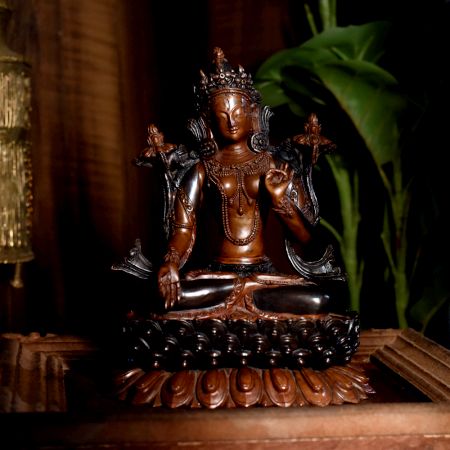
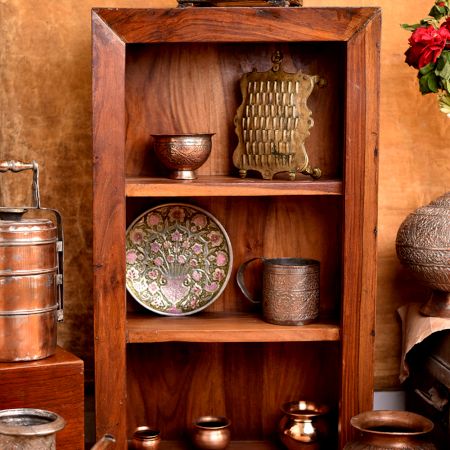
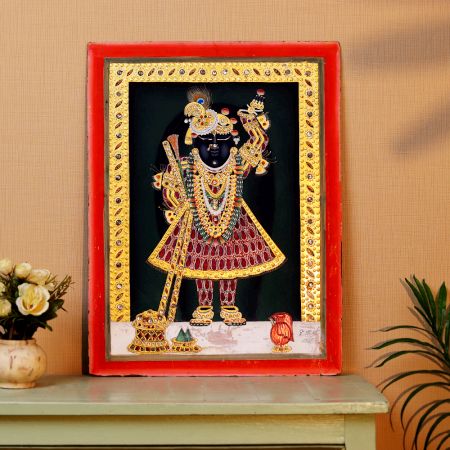




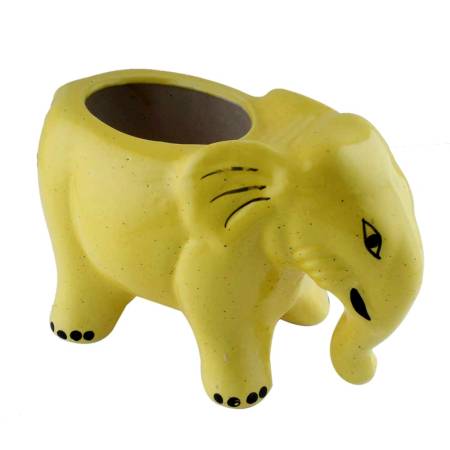
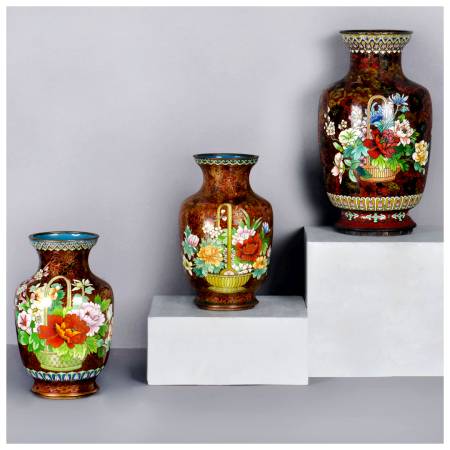
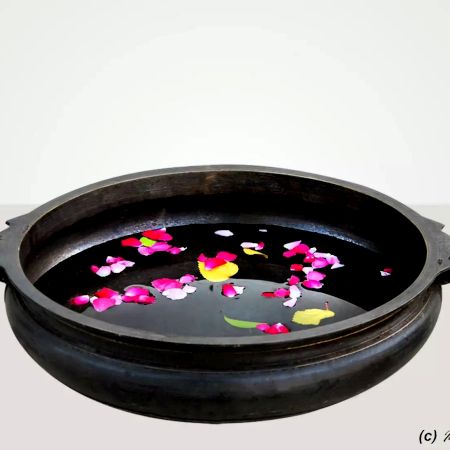
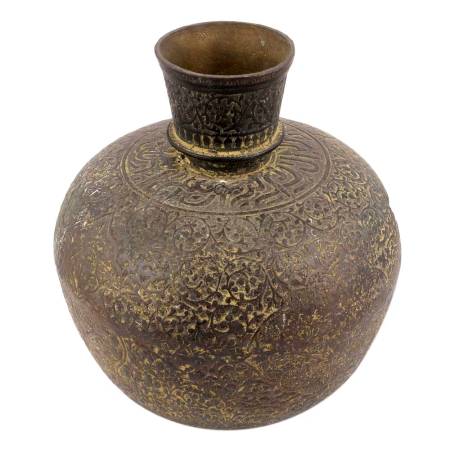
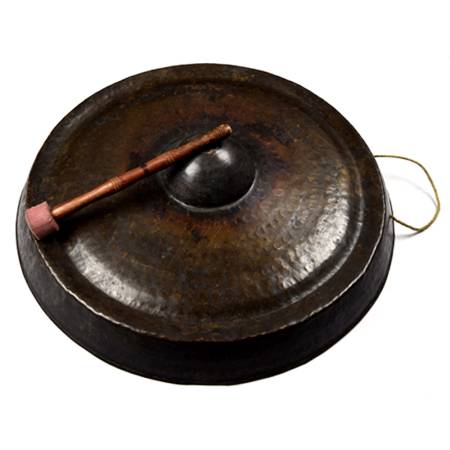

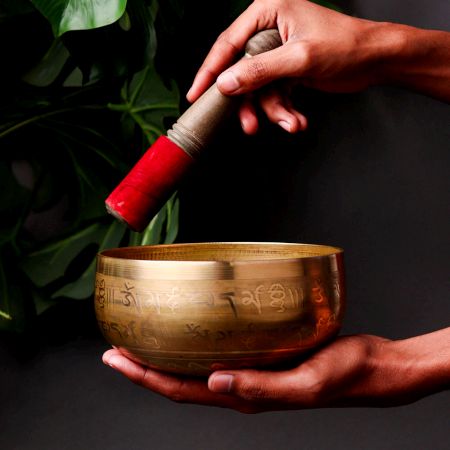
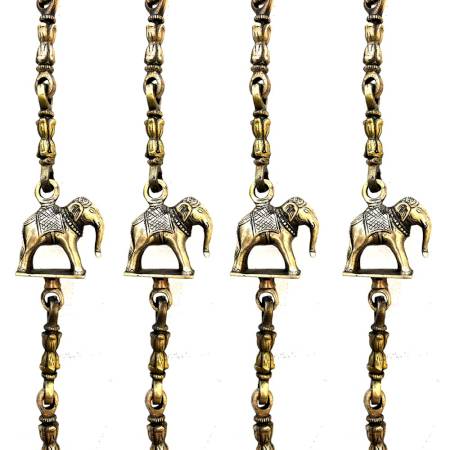
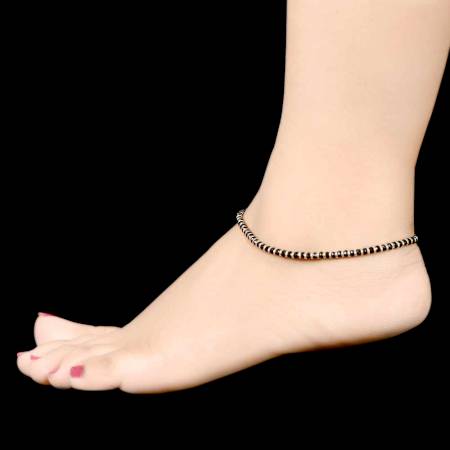
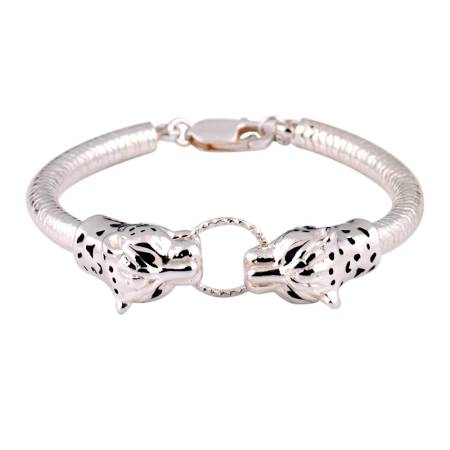
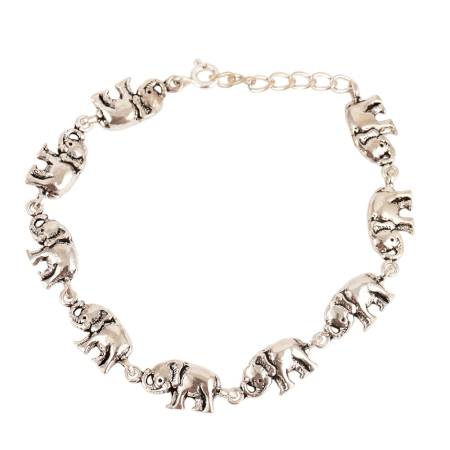
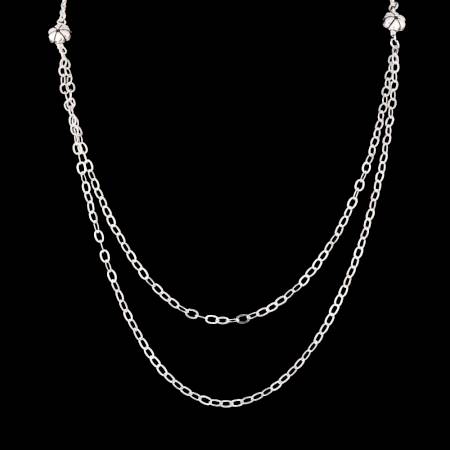
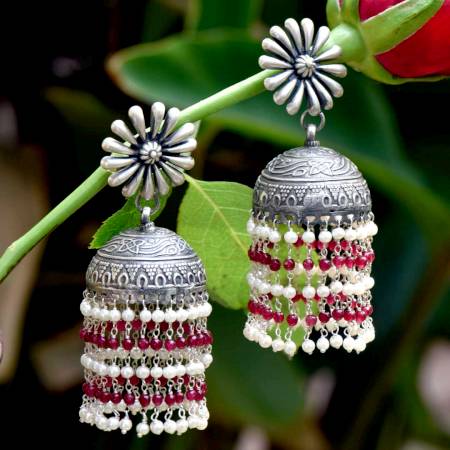
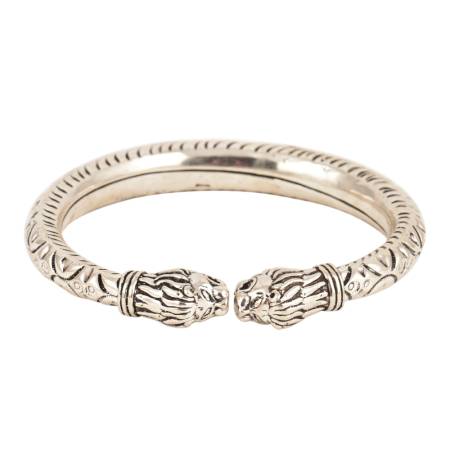
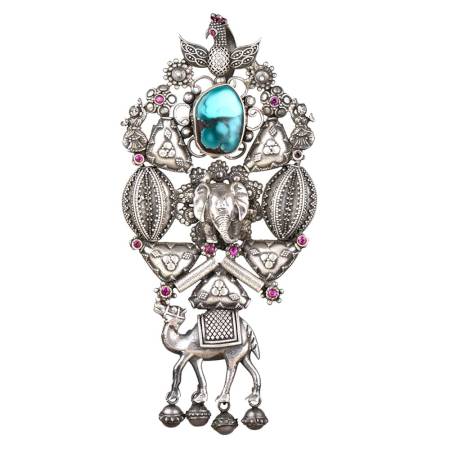

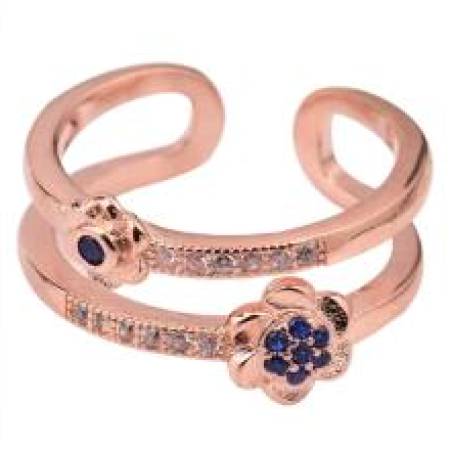
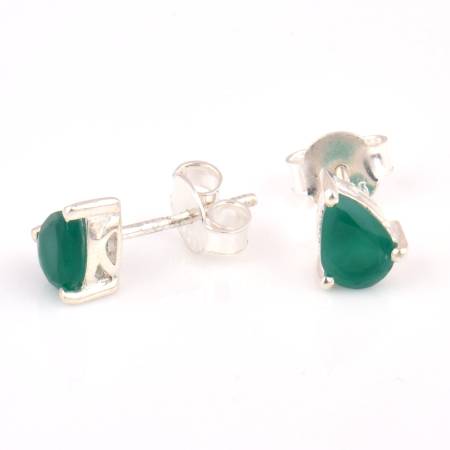









.JPG?ver=1.7)
.JPG?ver=1.7)
.JPG?ver=1.7)
.JPG?ver=1.7)
.JPG?ver=1.7)
.JPG?ver=1.7)
.JPG?ver=1.7)
.JPG?ver=1.7)
.JPG?ver=1.7)
.JPG?ver=1.7)
.JPG?ver=1.7)
.JPG?ver=1.7)
.JPG?ver=1.7)
.JPG?ver=1.7)
.JPG?ver=1.7)
.JPG?ver=1.7)
.JPG?ver=1.7)
.JPG?ver=1.7)
.JPG?ver=1.7)
.JPG?ver=1.7)
.JPG?ver=1.7)
.JPG?ver=1.7)
.JPG?ver=1.7)
.JPG?ver=1.7)
.jpg?ver=1.7)
.jpg?ver=1.7)
.JPG?ver=1.7)
.JPG?ver=1.7)


.JPG?ver=1.7)
.JPG?ver=1.7)
.jpg?ver=1.7)
.jpg?ver=1.7)
.jpg?ver=1.7)
.jpg?ver=1.7)
.JPG?ver=1.7)
.JPG?ver=1.7)
.jpg?ver=1.7)
.jpg?ver=1.7)
.jpg?ver=1.7)
.jpg?ver=1.7)
.jpg?ver=1.7)
.jpg?ver=1.7)
.jpg?ver=1.7)
.jpg?ver=1.7)
.jpg?ver=1.7)
.jpg?ver=1.7)
.jpg?ver=1.7)
.jpg?ver=1.7)
.jpg?ver=1.7)
.jpg?ver=1.7)
.jpg?ver=1.7)
.jpg?ver=1.7)
.JPG?ver=1.7)
.JPG?ver=1.7)
.JPG?ver=1.7)
.JPG?ver=1.7)
.JPG?ver=1.7)
.JPG?ver=1.7)
.JPG?ver=1.7)
.JPG?ver=1.7)
.JPG?ver=1.7)
.JPG?ver=1.7)
.JPG?ver=1.7)
.JPG?ver=1.7)
.jpg?ver=1.7)
.jpg?ver=1.7)
